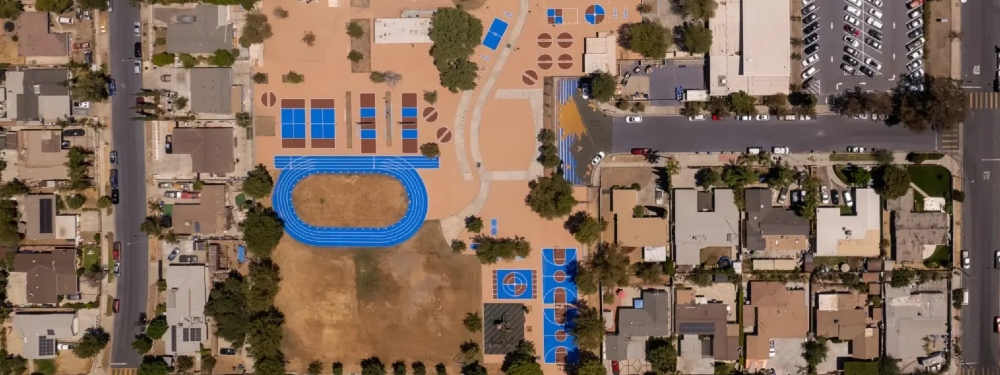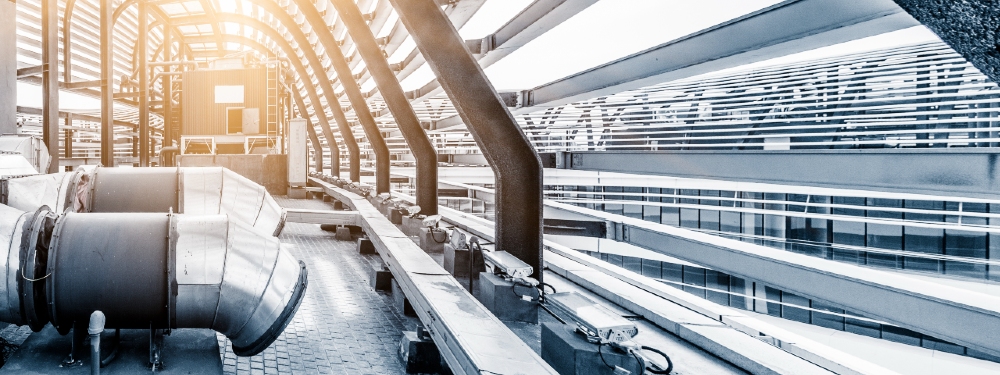Climate-friendly air conditioning: A really cool idea
The importance of significantly boosting the energy efficiency of air conditioning is vital in our battle against the climate crisis, particularly for the global transition to a clean power grid. In this blog, Iain Campbell from RMI and Noah Horowitz from the Clean Cooling Collaborative discuss the importance of leapfrogging to super-efficient air conditioning and what we need to do to bring it to market.
As the effects of climate change are becoming more prominent every day, there is an increased sense of urgency and activity to accelerate the transition to a power grid fueled by renewable energy, to electric vehicles, and to low-carbon ways of producing food, steel, and concrete. However, one sector that isn’t receiving sufficient global attention in terms of climate action is the cooling sector, which currently represents more than 7% of global greenhouse gas (GHG) emissions. To put this into perspective, cooling is responsible for more annual GHG emissions than air travel and ocean shipping combined. Unfortunately, mitigating these emissions is not as simple as stopping all cooling activities. In a warming world, cooling is essential for keeping people cool and productive, as well as preserving our food and medicine.
Why cooling is a big issue that will only get bigger
Because of rising temperatures, growing global income levels, and increasing urbanization, the demand for air conditioners (ACs) is due to skyrocket over the coming decades. In fact, the number of room ACs is projected to more than triple, increasing by over 3 billion units by 2050, many of which will be installed in developing countries where the climate is very warm and/or humid.
Unfortunately, mainstream air conditioning has a significant impact on our climate due to both the vast amount of electricity generated to power them and the refrigerants – most commonly hydrofluorocarbons (HFCs) – they use for cooling, which are thousands of times more potent than CO2 in terms of their global warming potential (GWP).
In terms of energy consumption, if the efficiency of room AC units being sold in the market maintains the current trajectory, i.e., being driven by the gradual nudging of minimum energy performing standards (MEPS), we will see peak power demand increase by 2,000 gigawatts (GW) by 2050. This will require 4,000 new power plants to supply the incremental 5,400 terawatt-hours (TWh) of electricity to operate these ACs each year. This is approximately equivalent to the current annual electricity consumption of the US, Japan, and Germany combined.
This cannot be our future.
Leapfrogging to new super-efficient air conditioning with climate-friendly refrigerants
In late 2018, a broad-based coalition led by RMI, India’s Department of Science and Technology, and Mission Innovation launched the Global Cooling Prize, a bold challenge to develop an affordable residential cooling solution with five times (referred to as “5X”) lower climate impact than the typical units being sold in the market today. The goal of a 5X reduction was developed intentionally to neutralize the emissions impact of the expected growth in the residential cooling sector over the next three or four decades. Put simply, to achieve a 5X lower climate impact, a solution delivering comparable cooling would need to use less than a quarter of the energy and utilize an extremely low GWP refrigerant or no refrigerant at all.
The Prize received an overwhelming response from startups, universities, and research labs, as well as major industry players and AC manufacturers. In April 2021, after testing their prototypes in India within an actual apartment building and simulated real-world conditions in a lab, two teams – Daikin with partner Nikken Sekkei, and Gree with partner Tsinghua University[1]While you might not be familiar with these names, Daikin and Gree represent two of the largest AC manufacturers in the world. – were announced as winners of the Prize. Both teams exceeded the 5X lower climate impact criteria.
This competition was a huge success as it pushed manufacturers to think big and pursue dramatically new and innovative designs that will deliver excellent cooling performance with a small fraction of the environmental impacts of current models. And considering the operational savings due to the energy performance of the winning technologies, the total lifecycle cost of ownership was assessed to be about half that of the typical room ACs.
The next challenge…getting from prototype to mass market
While the Prize’s 5X prototypes were great, one cannot yet purchase either of the winning models. One of the winners has committed to bring a 5X lower climate impact product to the market by 2025, which is very encouraging, but we need to do more.
A series of actions are needed to prime the market and ensure that these two manufacturers, as well as others, continue their work to refine and commercialize models that target 5X lower climate impact as a priority. These include:
- Updating testing methodology – The current method for evaluating the efficiency and energy use of room ACs is incomplete; it doesn’t include testing for high-humidity conditions or fully reward the actual performance of partial load operation and the inherent benefits of variable speed compressors. An updated test method and metric will help “unlock” the additional savings that more efficient designs deliver under real world testing conditions.
- Updating energy performance label and MEPS – Government agencies need to update the top tier of their energy performance label (1 to 5, A to G, or star system) to help differentiate and reward these dramatically more efficient models and “raise the floor” of their MEPS in order to remove the least efficient models from the market.
- Additional research and development – Signals on performance metrics and standards (i.e., efficiency labels and MEPS) will incentivize manufacturers and their suppliers to ramp up innovation and further refine their next generation models, placing their updated prototypes in the field for additional testing.
- Demonstration projects – High profile demonstration projects are essential to showcase new technologies, their excellent performance, and the energy savings and climate mitigation benefits they can provide.
- Jumpstarting sales – Government agencies, along with corporations that view themselves as climate leaders, should work together to commit to purchase the first million units of these 5X models. This would send a strong signal to the manufacturers that the demand exists and justify investments in bringing these models to the market. These entities frequently make purchasing decisions based on lifecycle costs, rather than simply seeking out the product with the lowest purchase price.
- Utilities should help too – Power utilities and their regulators should explore ways to accelerate the uptake of these 5X models as they would take stress off the grid and reduce the need to make costly investments in additional peak power generation or storage capacity. Options include on-bill financing to help consumers (especially lower-income customers) afford the more efficient models with a slightly higher upfront cost and access the lifecycle savings that they deliver.
In this decade when we need decisive action to tame the climate crisis, the solution for the cooling challenge is right in front of us. We know what we need to do, and we know how to do it. Let’s grasp the opportunity and leapfrog to these new super-efficient air conditioning technologies that have much lower environmental impacts and will help accelerate the shift to a clean energy power grid and efficient, climate-friendly cooling for all.




